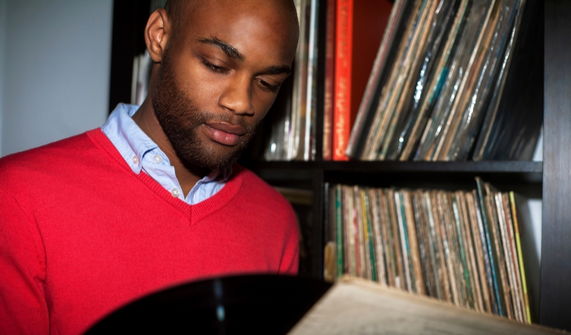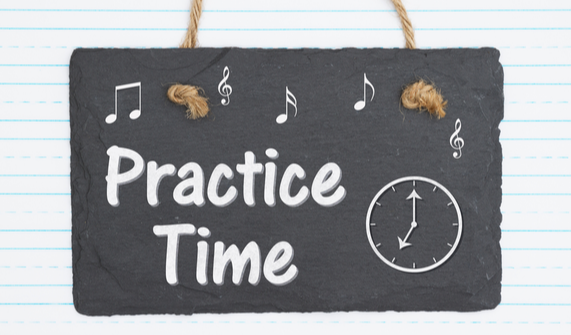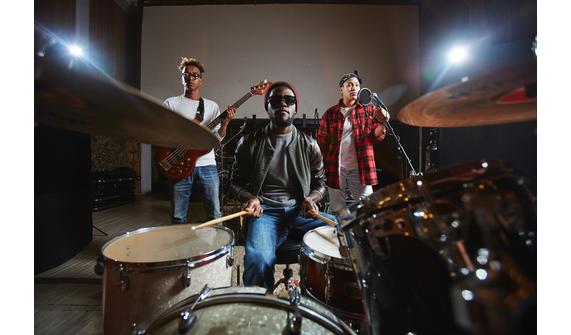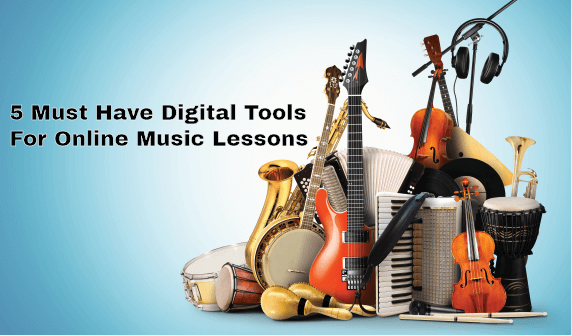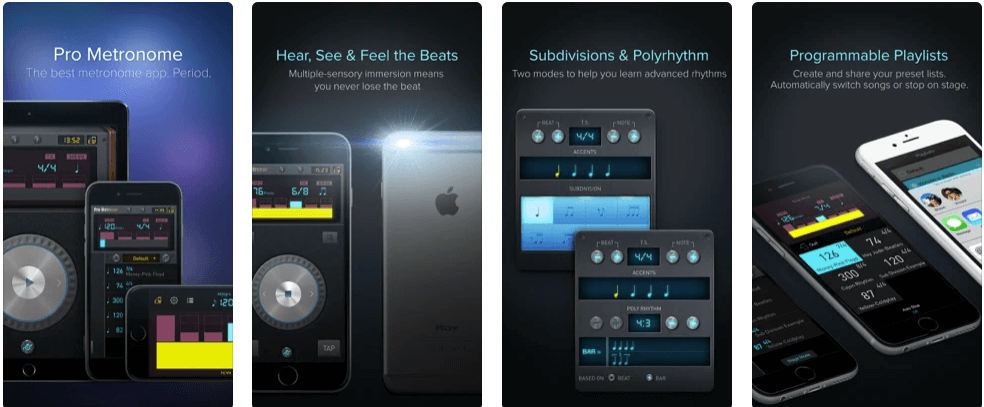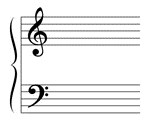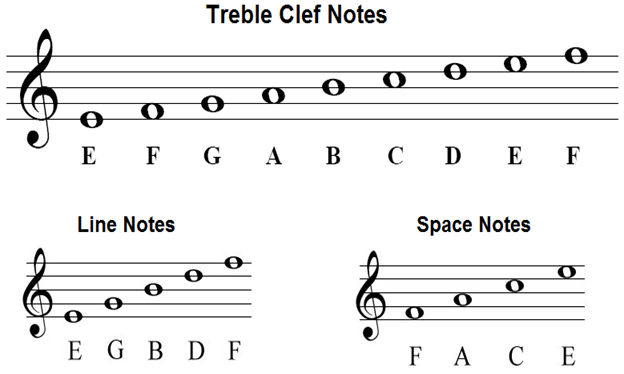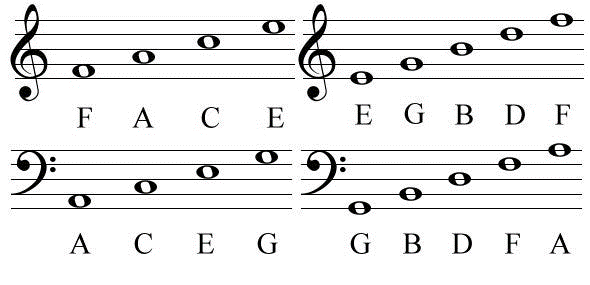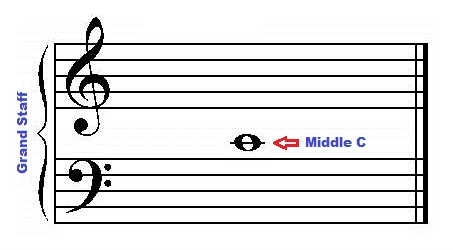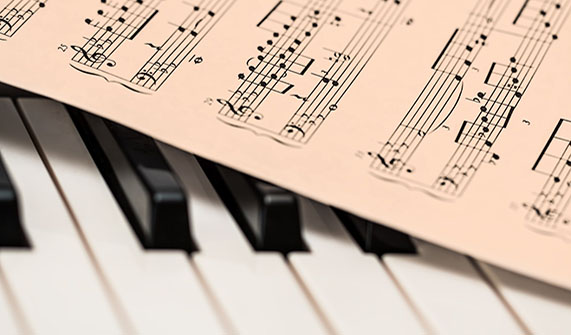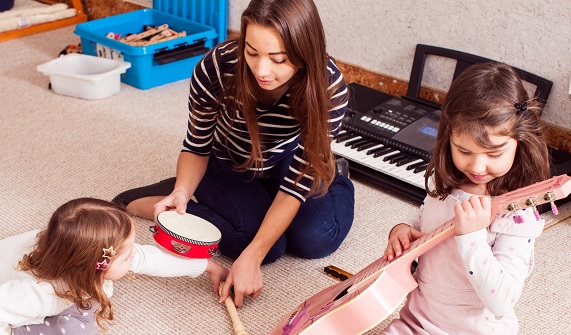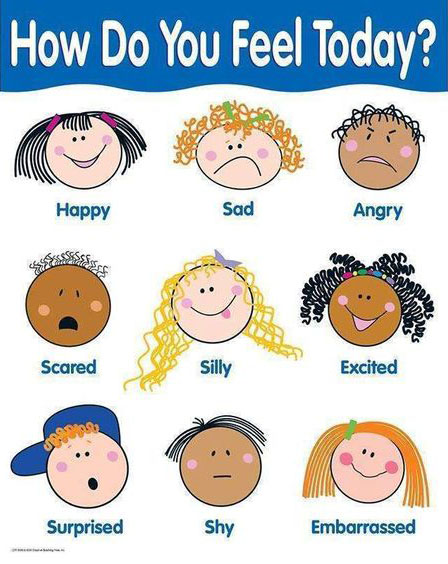If you are a listener, musician, or student of an instrument, you might be wondering how to make music a bigger part of your lifestyle. Let’s break out this idea into two categories, the listener or appreciator of music and that of the musician.
Regardless of which category you fit into, listening to music has scientific proof of being beneficial in keeping your brain young. It is also an important part of the culture and elevates other forms of entertainment such as TV shows and movies, restaurant outings, and standing in an elevator as you get propelled to new heights. Let us explore how we can integrate music into our life.
Before breaking this topic into our two categories, check out the blog “How To Listen To Music”. An important concept described is passive vs active listening. In a nutshell, passive listening is having that smoky smooth Miles Davis album playing in the background while you cook your favourite dinner while active listening is the act of putting all of the life worries away for a period of time, sitting in your favourite room, and pointing all of your attention to listening to music without other distractions around you.
The Listener and Appreciator of Music
On the passive side, it would likely be a good guess that you already listen to music on your commute, while doing your housework, and perhaps to accompany other activities. To elevate your passive listening, put away that Spotify suggested playlist and make an effort to build your own playlist. Dig into an artist or genre and do a little research so that you can build your own playlist that will accompany you on your next walk. Don’t just rely on other people’s opinions. Music is subjective and what sounds good to one doesn’t necessarily sound good to someone else. Get to know your musical taste buds and explore different sounds.
Scheduling in some time to sit down with an album or a playlist and really listen to the musical picture that an artist is painting. In a recent interview with Beyonce, the mega artist talks about how she’s an artist that tours and makes albums but we now live in a time where people don’t make albums anymore and don’t listen to a body of work anymore. A complete album has a lot of thought and work that goes into it, from the writer to the artist to the producer to the audio engineers. An album isn’t necessarily a random amount of songs put together. There is a story being told in a way that words alone cannot describe. Read up on the album you selected to listen to, get a story from the artists to dive into what inspired the creation of the songs and the album. Put a time and day into your calendar and sit down without distraction. Some people even darken a room and close their eyes, which creates a level of connection to the music that isn’t interrupted by day-to-day distractions. Explore the emotions that are being generated by the song and album.
Now that you are aware of these tools and strategies, what else can you do to help your journey to becoming the musician you want to be? Check out THIS BLOG if you are an Adult Learning to Play Music and CONTACT US for private online music lessons to fast charge your progress on any instrument.
